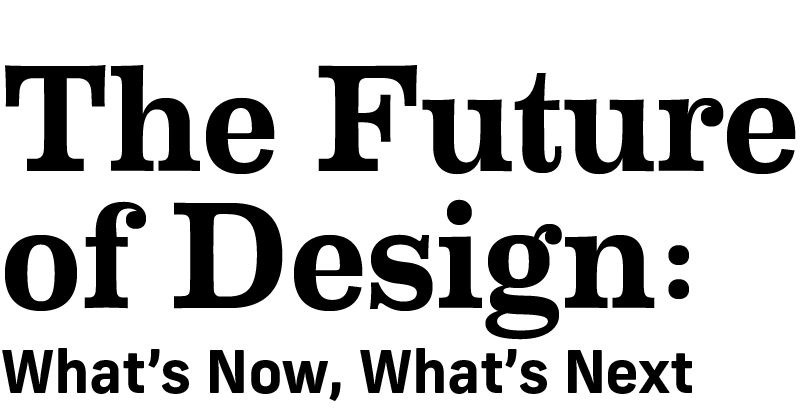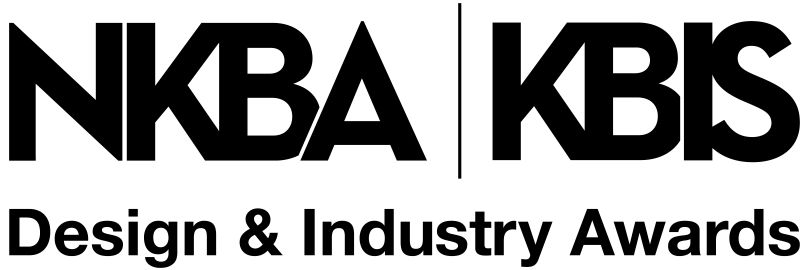In the world of luxury interiors, success isn’t just measured in visual beauty – it’s found in the process. Behind every refined kitchen or spa-worthy bathroom lies a strategic sequencing of decisions, selections and execution that transforms a vision into a reality. For experienced interior designers, especially at the high end of the market, the order in which a remodel unfolds is not arbitrary. It’s intentional, and essential. It protects budgets, upholds timelines and most importantly, ensures a final result that feels harmonious – both in look and in livability.
Why Strategic Sequencing Matters in High-End Remodels
Every remodel involves a multitude of moving parts – trades, materials, deliveries, approvals and installations. But in luxury design, the stakes are higher. A delayed stone shipment, a missed inspection or a rushed fixture install can ripple through the project, disrupting not just the timeline but the integrity of the design itself.
By orchestrating each phase with intention – from discovery to final styling – designers create a controlled environment where craftsmanship thrives. Strategic sequencing isn’t just about logistics; it’s about creating space for excellence.
Cohesion Starts Before Construction
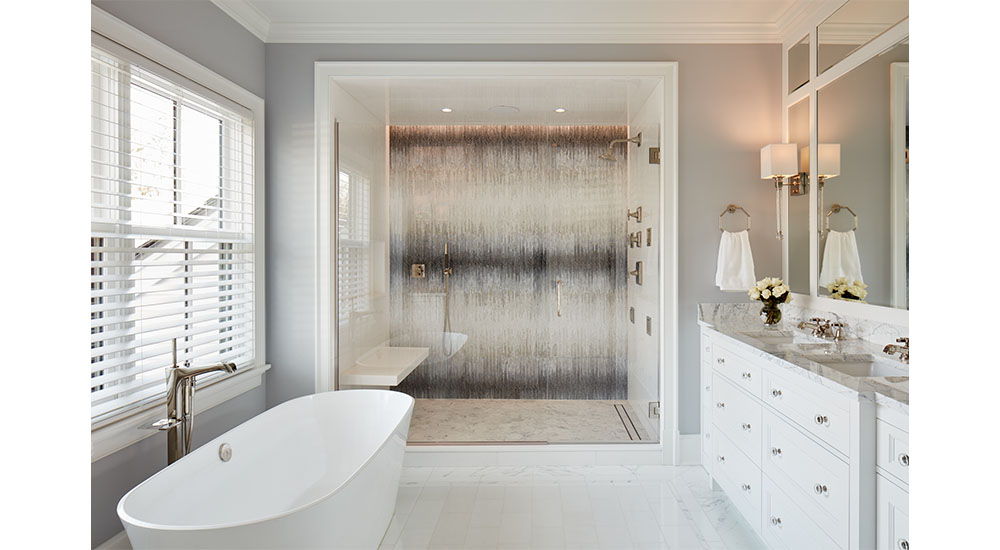
Design: Leah Bolger Design. Photo: Nathan Kirkman Photography
Great design begins long before demolition. Discovery and vision-setting shape the entire trajectory of a project. At Leah Bolger Design, we begin with deep listening – understanding how our clients want to live, entertain, and feel in their space. This lifestyle lens informs everything: spatial flow, technical and aesthetic decisions, appliance placement, lighting design, even material palettes. For example, a client who loves large-scale entertaining may value a second dishwasher, double islands, or a prep kitchen, which should be considered at this stage.
But vision is only half the story. Budgeting strategically at this early stage is equally critical. In luxury remodels, it’s not uncommon for clients to be surprised by how quickly upgrades can compound. Strategic sequencing allows us to align selections, such as flooring, appliances, and millwork, with investment: prioritizing impact, forecasting lead times, and mitigating costly change orders down the line. For example, sourcing more affordable tile early on can free up the budget for a custom stone slab later. My rule of thumb? Invest in statement pieces; you’ll get more bang for your buck.
The Power of Early Coordination
In high-end renovations, design development is deeply collaborative. It’s not enough to hand off plans to a contractor and hope for the best. Instead, early and ongoing coordination with trades – especially plumbing, electrical and HVAC – is essential. Strategic sequencing ensures these elements are integrated into the design from day one.
For example, choosing appliances and plumbing fixtures early allows us to coordinate exact electrical and plumbing rough-ins, avoiding rework or site improvisations that can disrupt the flow. We also front-load tile and stone selections for the same reason – allowing for layout planning and timely procurement of materials that often have long lead times.
This precision isn’t just about efficiency – it’s what allows for the seamless alignment of form and function that defines true luxury.
Sequencing as Budget Control
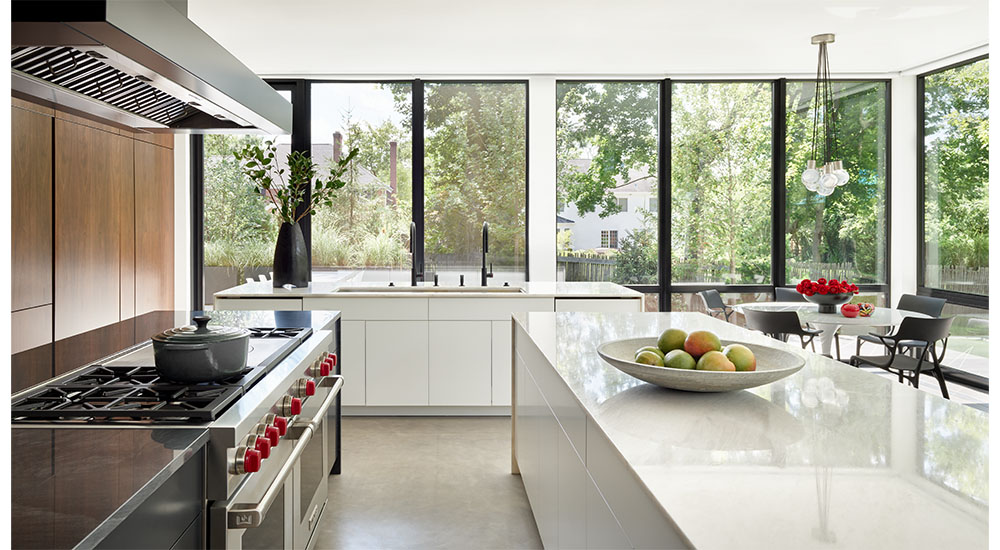
Design: Leah Bolger Design. Photo: Nathan Kirkman Photography
In design, time is money. A well-sequenced project not only prevents delays, it reduces the financial risks associated with reactive decisions. Every designer has encountered the domino effect of a single late material – a missing slab or out-of-stock faucet – that halts progress and increases costs.
Strategic sequencing minimizes these risks by building in contingencies. For instance, ordering critical-path items (like custom cabinetry, stone and specialty items) early ensures they’re on-site when needed, while less time-sensitive elements (like window coverings or wallpaper) can follow later.
Experienced designers are attuned to how their vendors operate – say, this one tends to overcommit on turnaround times while this one pads its deadlines – and can anticipate bottlenecks based on market conditions. Moreover, with clear sequencing, contractors can price more accurately, trades can be scheduled efficiently, and costly overtime or rework can be avoided. Having an experienced designer to draw on previous experience and quarterback the unexpected when it occurs – and it will – can prove invaluable.
Building Toward Cohesion
Aesthetically, strategic sequencing ensures cohesion from start to finish. By curating materials and finishes early, like cabinetry and lighting, designers can maintain control over the visual narrative of the space. This is especially important when blending multiple rooms, such as a kitchen and adjoining breakfast area or family room, into a unified story of style and sophistication via elements like complimentary hardware or color continuity.
In execution, proper sequencing enables smooth transitions between trades. For example, floors are installed and protected before cabinetry is fitted; stone templating follows precise cabinetry placement; final paint is delayed until after electrical trim and millwork, ensuring pristine finishes. Each step is timed to support – not hinder – the next.
The Final Layer: Experience
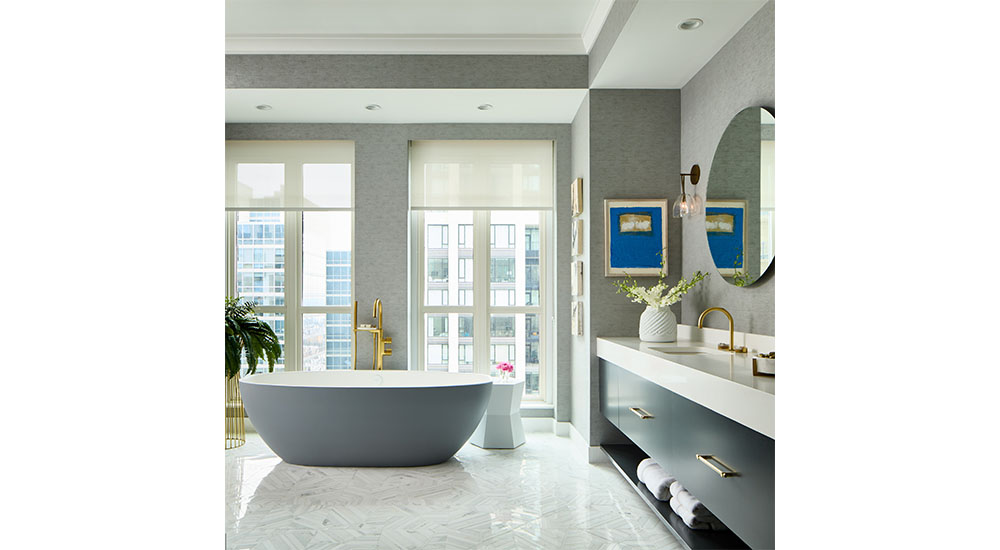
Design: Leah Bolger Design. Photo: Nathan Kirkman Photography
Luxury design isn’t just about surfaces – it’s about the experience. That includes how clients feel during the process and beyond as they enjoy their new spaces. Sequencing impacts not only the outcome, but also the journey. At Leah Bolger Design, we structure remodels to minimize disruption, especially in occupied homes. Dust containment, phased installations, and white-glove project management ensure that the experience is as elevated as the design.
Even after the work is done, sequencing continues. We provide clients with curated post-project guides that include maintenance tips, warranties and care instructions. It’s how we extend the life and beauty of their investment and create homes that feel as good as they look.
—By Leah Bolger, founder and principal designer at Leah Bolger Design





